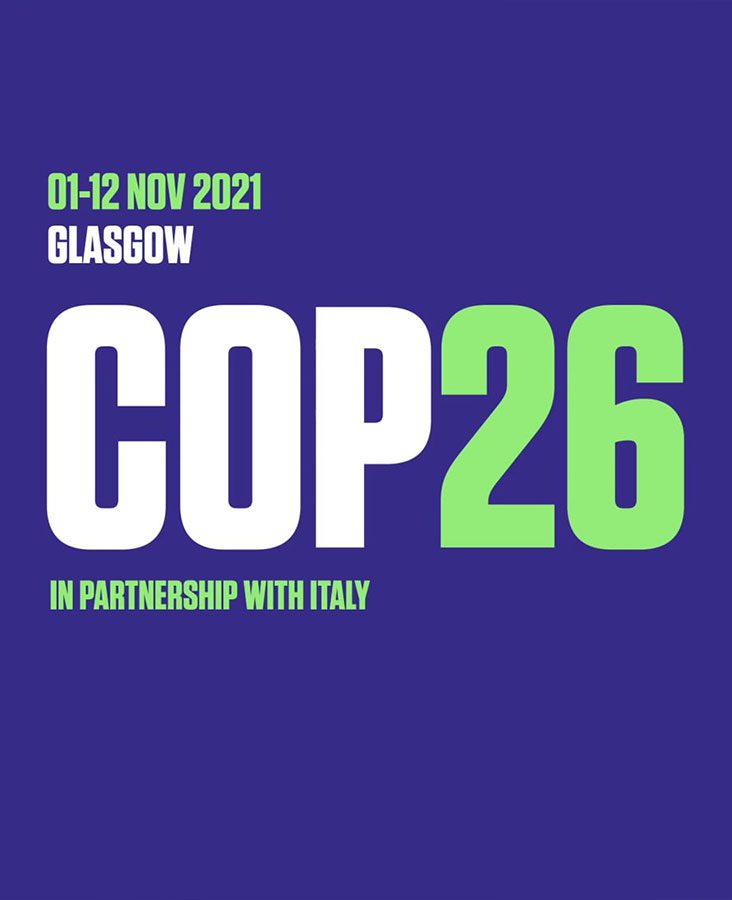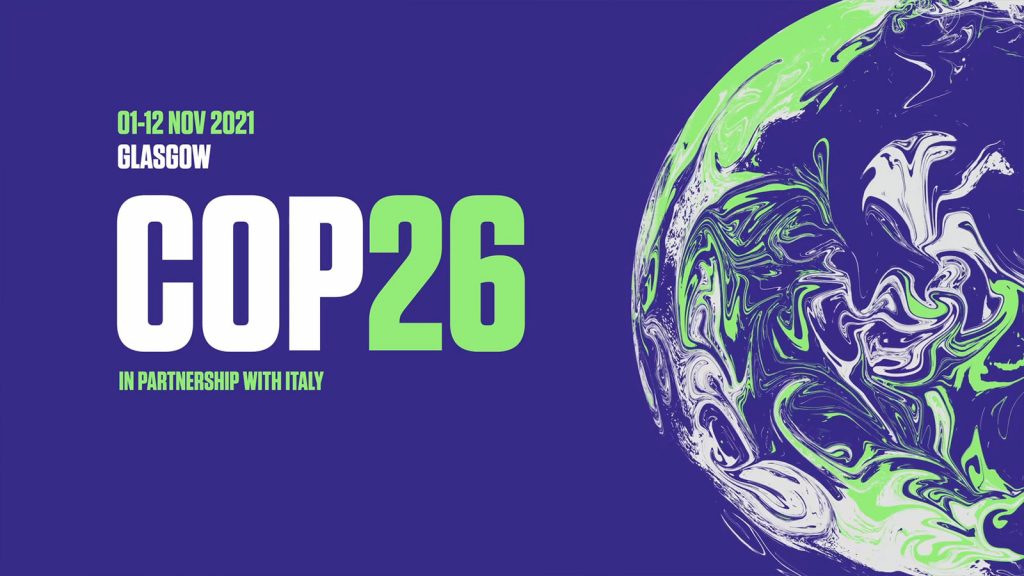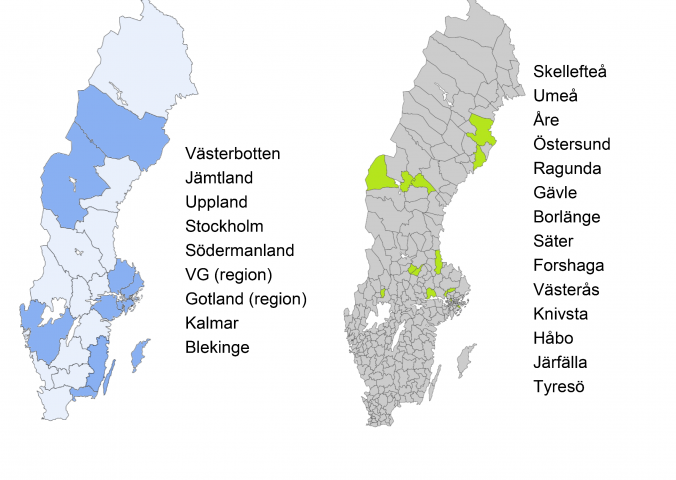This text is a part of a travelling conversation
Throughout this pandemic we have focused on what’s changing. But we should also notice what conspicuously hasn’t. The parts of our social lives that were already aligned with the apparent ‘new normal’.
Academic cultures vary. But the one I find myself in can feel as if it is a set of social arrangements in which people try to avoid getting close to each other, as if scared of what might happen in their encounters with others. Which is a shame, because any collaboration that is transformative means getting close enough to others to become changed in the process.
In her book The Mushroom at the End of the World*, anthropologist Anna Tsing contrasts two different ways of understanding encounters. The first image of encounter is familiar to us, as it runs deep in the modern world. Its central concept is that of the self-contained entity, operating towards its own optimal ends. Tsing locates it in the great ‘twin disciplines’ of modern knowledge, population genetics and neoclassical economics. Their frameworks are similar: “at the heart of each is the self contained individual actor, out to maximize personal interest, whether for reproduction or wealth” (Tsing, 2015, p.28).
Tsing offers examples. First in genetics, Richard Dawkins’ book The Selfish Gene, which puts forward the idea that evolution is ‘fueled’ by the “the ability of genes, organisms, or populations to look out for their own interests” (ibid, p.28). And second, in Neoclassical economics, the activities of economic man, ‘homo economicus’, who makes a series of individual choices to pursue his best interests.
This idea of the self-contained actor has proved immensely productive in these fields and beyond. However, this idea allows us to overlook the contamination that is part of encounter. Individuals are immutable, “maximizing their interests, they use encounters–but remain unchanged in them” (p.29). Crucially, this also means that we can track individuals without paying attention to their entanglement with the world, Tsing argues. And this means that a single unit can stand in for any other.
The second image of encounter (and the one which Tsing develops in her book) sees individual beings or objects as inevitably changed by encounters with others. Through her study of mushroom pickers and the global supply chains they are part of, she shows how encounters inevitably lead to a mutual ‘contamination’ between people, plants, materials. In order to collaborate across difference, they intermingle, changing in the process. Contamination may result in many outcomes, some good or bad for us. But it is the foundation for true collaboration.
A sustainable academic culture might be one that sees the nature of encounters with others as transformative. This would be a culture in which we are open to this ‘contamination’ by others, and one that respects the vulnerability that entails and treats it with care rather than avoiding it altogether or perhaps worse, simulating it.
There are many reasons why this version of encounter may be difficult in our current modern university environment. Critical voices point to the dominance of publication metrics and educational audits that demand the public performance of excellence–what Marilyn Strathern** has called the ‘tyranny of transparency’. They point to the management ideas of the ‘knowledge economy’ that govern researchers, leading them to satisfy the doctrines of competition, innovation and economic growth. Or to the increase of 14 precarious, gig-economy contracts at universities in some countries and their warping effects on university culture. But there are also longer standing reasons, reasons inherent to the need for writing and careful thought that make the prospect of such collaboration challenging; isolation and the act of writing can go hand in hand.
Whatever the case, we must be careful not to end up in kind of pandemic academia. A culture in which we are self-contained entities living in fundamental isolation, and then, when venturing out for ‘necessary’ travel amongst our fellow inhabitants, weave our way through a series of shallow meetings, expertly avoiding the risk of contamination, seeking encounters for use-value only, and halting meaningful collaboration before it’s born. As soon as the COVID 19 pandemic is over, I’ll be seeking this other type of contamination wherever I can find it.
Lakin Anderson, written in April 2020, published here in March 2021
A response to this will be published next week on Tuesday the 6th of April:
Week 14: Working with impossibility, Keri Facer
*Tsing, A.L., 2015. The Mushroom at the End of the World: On the Possibility of Life in Capitalist Ruins. Princeton: Princeton University Press.
**Strathern, M., 2000. The Tyranny of Transparency. British Educational Research Journal, 26(3), pp.309–321.









